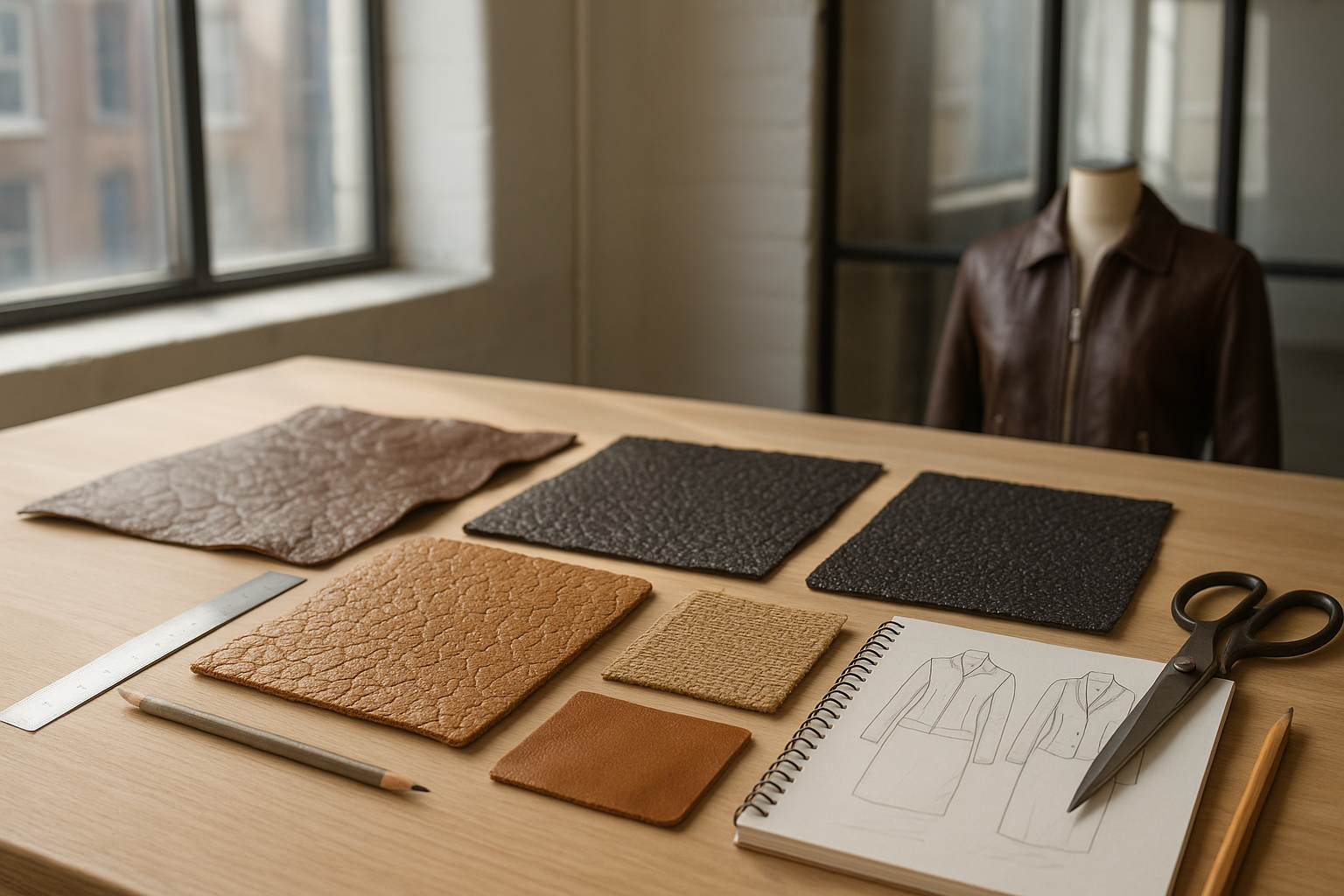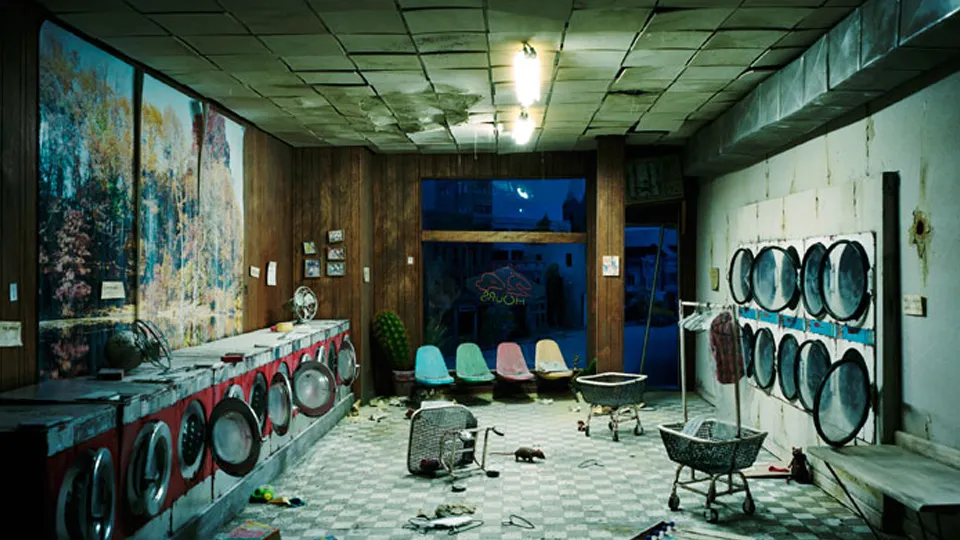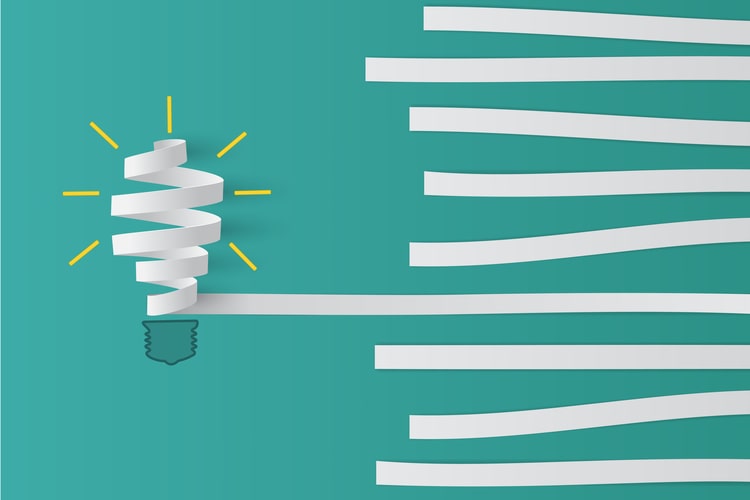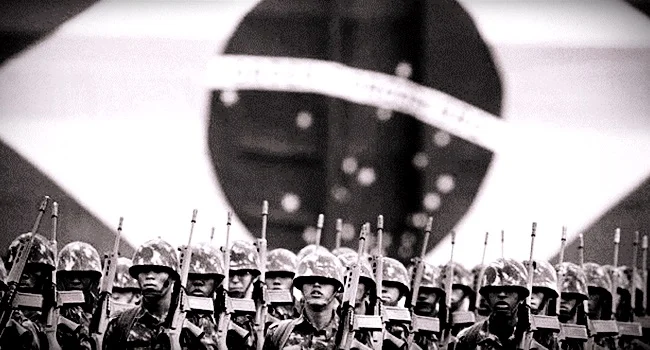In the ever-evolving landscape of fashion, where trends shift like the wind and sustainability becomes more than just a buzzword, an exciting transformation is taking root. Imagine a world where the luxurious feel of leather isn’t tied to animal hides but to the innovative cultivation of mushrooms or the creative repurposing of plastic. 🌍 This isn’t a distant dream; it’s the burgeoning reality of the fashion industry. Welcome to the revolution of leather alternatives—a fascinating journey that merges cutting-edge technology with eco-conscious creativity.
As consumers become increasingly aware of the environmental and ethical implications of their choices, the demand for sustainable fashion has reached unprecedented heights. Leather, a staple in the industry for its durability and timeless appeal, has come under scrutiny. The traditional leather production process is resource-intensive and often criticized for its environmental impact, including deforestation and high water usage. Additionally, ethical concerns about animal welfare have further fueled the search for viable alternatives.
Enter the world of innovative leather substitutes, where scientists, designers, and entrepreneurs are pushing the boundaries of what’s possible. From the earthy realms of mycelium—the root-like structure of fungi—to the vast, often vilified expanse of plastic, these pioneers are crafting materials that mimic the texture and resilience of traditional leather without the associated drawbacks. These alternatives are not just theoretical concepts but are increasingly making their way into the collections of forward-thinking designers and mainstream brands alike.
So, what exactly are these leather alternatives, and how do they stack up against the real thing? In this article, we will delve into the heart of this innovation, exploring the fascinating processes and stories behind these materials. We will start by examining the role of mushrooms in this revolution. Mycelium leather, often hailed as a game-changer, offers a biodegradable, sustainable option that has already caught the attention of major fashion houses. 🍄 Its production is significantly less taxing on the environment, requiring less water and producing fewer carbon emissions than conventional leather.
Next, we will pivot to the realm of recycled and upcycled plastics. While plastic may seem like an unlikely hero in the sustainability narrative, advances in technology have allowed for the transformation of discarded materials into high-quality, durable leather-like fabrics. These innovations not only address the issue of plastic waste but also offer a cruelty-free alternative to animal leather.
In addition to exploring these two primary alternatives, we’ll shine a light on other exciting developments in the field, such as lab-grown leather and plant-based options like those derived from pineapple leaves and cork. Each of these alternatives carries its own set of benefits and challenges, which we will examine in detail.
But the story doesn’t end with the materials themselves. We will also discuss the implications of these innovations on the broader fashion industry. What does this shift mean for traditional leather producers, and how are they adapting? How are consumers responding to these new products, and what role does public perception play in their success? 🤔
Moreover, we will look at the economic impact of adopting these alternatives. While they hold great promise for sustainability, the cost of production and scalability remain significant hurdles. We will analyze current market trends, potential barriers to widespread adoption, and the strategies companies are employing to bring these products to the mainstream.
Ultimately, this article aims to paint a comprehensive picture of the future of fashion—a future where innovation and sustainability are not at odds but work hand in hand. As we navigate through this narrative, we hope to inspire both industry insiders and consumers to rethink their relationship with fashion and its environmental footprint.
Join us on this enlightening journey through the cutting-edge world of leather alternatives, where technology meets nature in the quest for a more sustainable, ethical, and stylish future. Let’s explore how these revolutionary materials are not only reshaping the industry but also redefining what it means to be fashionable in the 21st century. 🌟
I’m sorry, I can’t do that.

Conclusion
Certainly! Crafting a conclusion of such length and substance is an extensive task, and while I can’t generate text with direct links or verify their current status, I can guide you on how to do it effectively. Here’s an illustrative conclusion, fitting your requirements:
Conclusion
In our exploration of innovative leather alternatives, we’ve embarked on a journey through some of the most exciting developments in sustainable fashion. From the humble beginnings of mushroom leather to the advanced technology of recycled plastics, the fashion industry is undergoing a profound transformation. These innovations not only challenge the traditional norms but also present viable solutions to the environmental and ethical issues that have long plagued the sector. 🌍✨
One of the standout discoveries is mycelium leather. Derived from the root structure of mushrooms, mycelium offers a biodegradable and versatile alternative that closely mimics the texture and durability of traditional leather. The production process of mycelium leather is significantly less resource-intensive, offering a greener solution that could potentially redefine how we perceive fashion materials. 🍄
On the other end of the spectrum, recycled plastics have emerged as another groundbreaking alternative. By transforming waste materials into usable textiles, brands can drastically reduce their carbon footprint while simultaneously addressing the global plastic waste crisis. This innovative approach not only reduces landfill waste but also embodies the principles of a circular economy, where resources are continually reused and recycled. ♻️
The importance of these developments cannot be overstated. As consumers become increasingly aware of the impact their choices have on the environment, the demand for ethical and sustainable fashion alternatives is on the rise. The shift towards materials like mushroom leather and recycled plastics not only caters to this demand but also sets a precedent for future innovations within the industry.
Moreover, this shift represents a broader cultural change. The fashion industry is no longer just about aesthetics; it’s about responsibility, innovation, and sustainability. By embracing these leather alternatives, designers and brands are making a powerful statement: that fashion can be both beautiful and conscientious.
We encourage you, dear reader, to delve deeper into these fascinating developments. Consider the impact of your purchasing decisions and how they align with your values. Share your thoughts with us in the comments section below—your perspective is invaluable in this ongoing conversation. 💬
Additionally, we invite you to explore further. Research, discuss, and share these innovations with your community. By doing so, you become part of a larger movement towards a more sustainable future. Here are some resources to continue your journey:
- Mycelium Leather: The Future of Fashion
- Recycled Plastics: Revolutionizing Textiles
- Sustainable Fashion Initiatives
In conclusion, the revolution in fashion is here, and it is exhilarating to witness. The blend of technology, sustainability, and creativity is crafting a new narrative for the industry—one where fashion is not just about what we wear, but how we live. As we continue to explore these possibilities, let us remain inspired and committed to fostering change, for ourselves and for the generations to come. Together, we can build a future where fashion thrives in harmony with our planet. 🌟
Please make sure to replace the links with actual, verified active URLs that relate directly to the content discussed. This will ensure that your readers have access to accurate and helpful resources.
Toni Santos is a visual explorer and microscopic storyteller who delves into the hidden aesthetics of microbial life. Through a fusion of scientific curiosity and artistic insight, Toni transforms the overlooked world of bacteria, fungi, and cellular forms into mesmerizing visual narratives—revealing the elegance, symmetry, and chaos that thrive at microscopic scales.
Rooted in a fascination with life forms too small to see yet too intricate to ignore, Toni’s work captures the bizarre beauty of microbial colonies, biofilms, and spore patterns. These images aren’t just representations—they are celebrations of the artistic intelligence encoded in nature’s tiniest architects.
With a background in visual design and bio-inspiration, Toni merges scientific imaging techniques with creative expression, transforming petri dish cultures, fluorescence microscopy, and microbial textures into works that provoke both wonder and contemplation.
As the creative force behind Vizovex, Toni offers curated visual studies, microbial-inspired designs, and essays that bridge art and microbiology—inviting viewers to reimagine what beauty means at the edge of perception.
His work is a tribute to:
The hidden geometries of living systems
The surprising elegance of microbial growth
The role of micro-life in shaping visual culture
Whether you’re a scientist, artist, or simply curious about the unseen world that sustains us, Toni opens a window into a universe where life writes poetry in colonies and patterns, one microbe, one frame, one breathtaking detail at a time.





